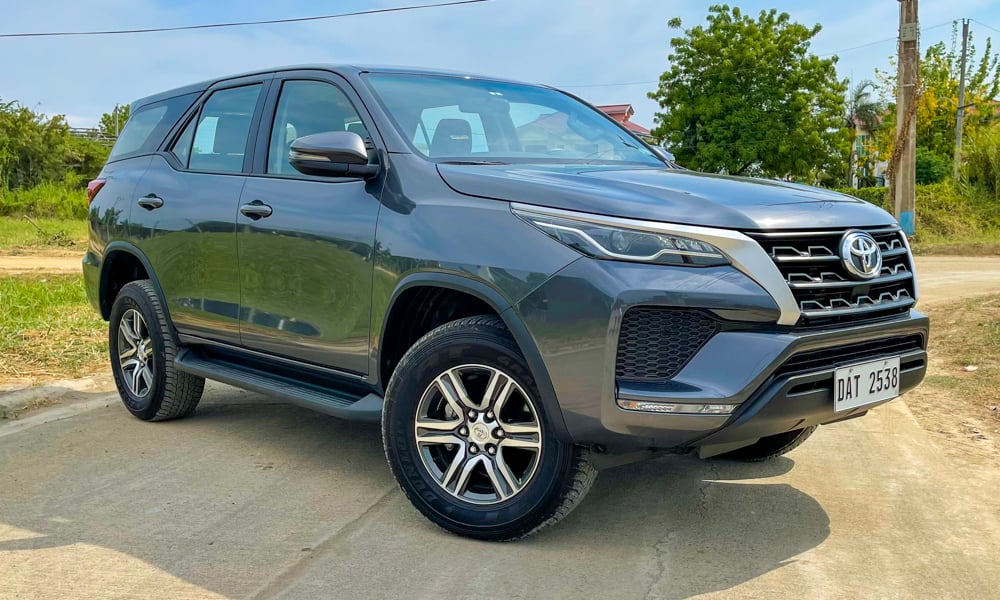
Pickup-based SUVs have been making a killing in the market for years now. I mean, what can beat a tough chassis, a powerful diesel engine, and seven seats? While the LTD is the most attractive member of the Toyota Fortuner family, there’s one thing most of us seem to forget: the best-selling G variant.
Since the Fortuner’s introduction in 2005, the base G trim level has consistently outsold its more upmarket siblings as well as other competing SUVs. This begs the question: What makes the G such a favorite? I was given the opportunity to try one out for a week—plenty of time to know the answer.
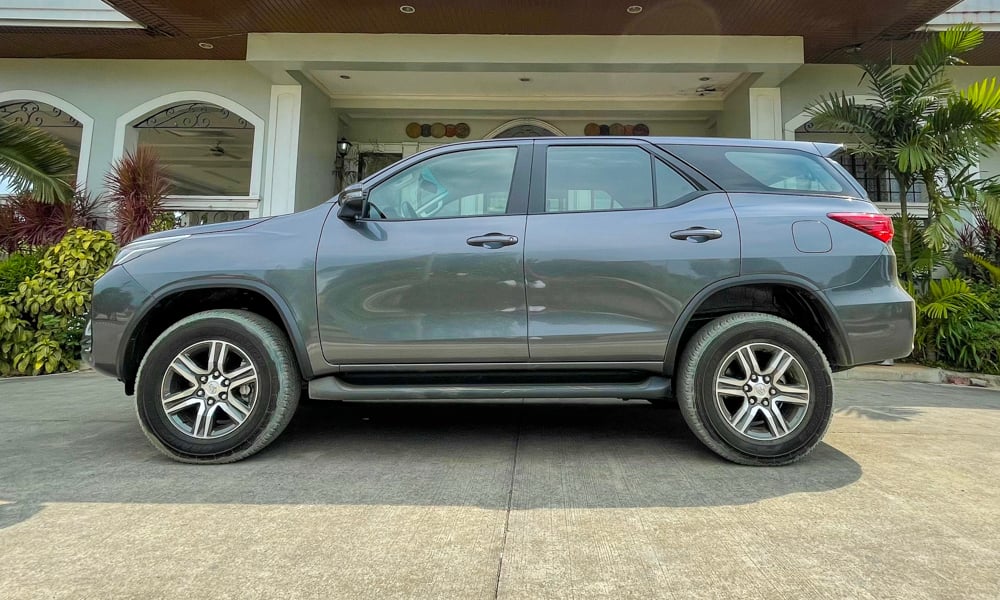
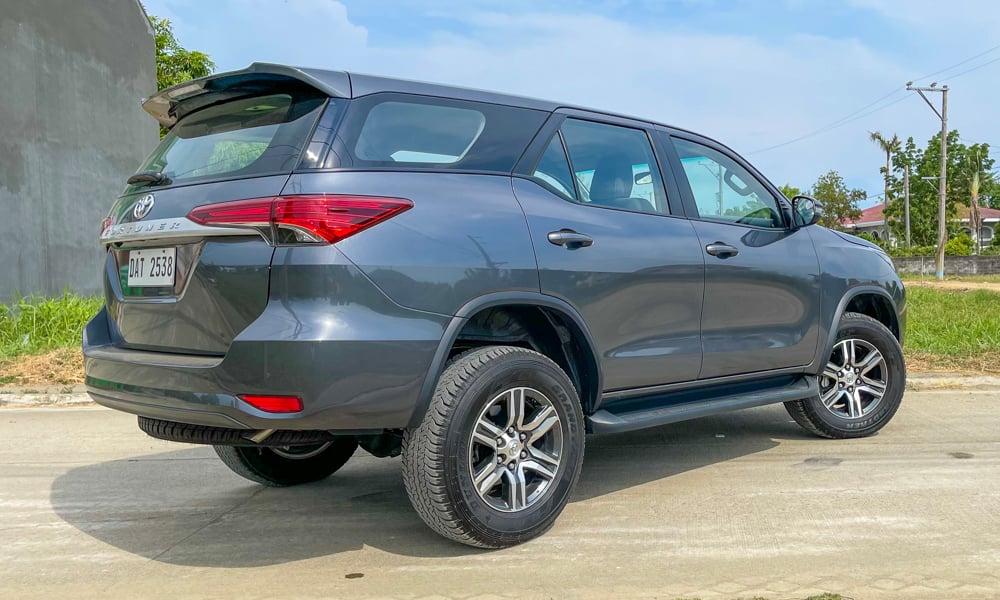
Beauty, as they say, is in the eye of the beholder. Personally, I like how the Fortuner’s looks have evolved. The redesigned grille is sleek, and it is flanked by new LED headlamp clusters that perfectly match the revised bumper design. These changes make the front end look aggressive yet not too in-your-face. If there’s one thing that I’m not too sure about, it’s the position of the turn signals in the lower part of the bumper. I feel that this placement might not be too visible to other road users.
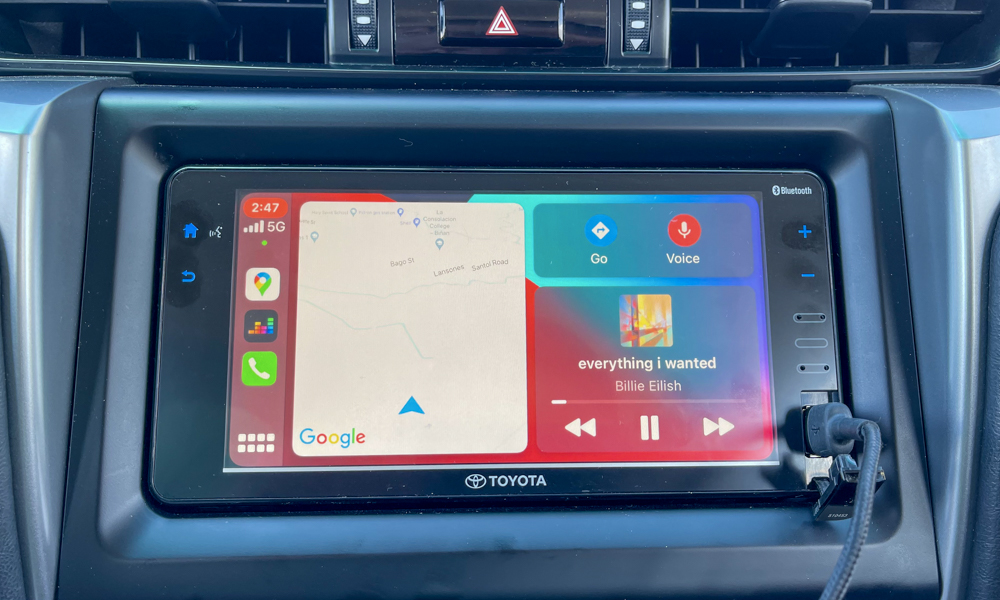
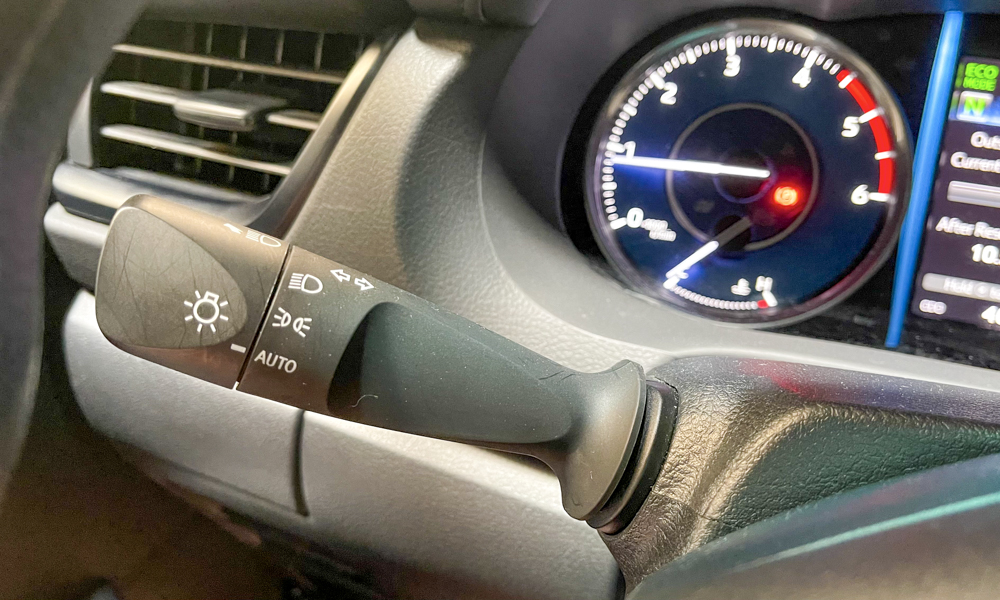
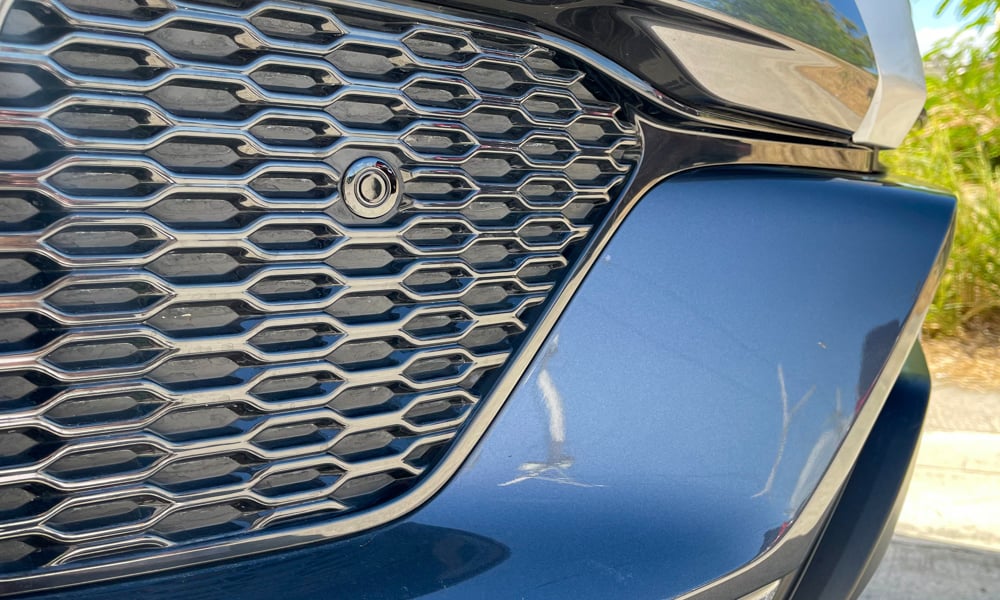
The side profile largely remains unchanged as does the design of the 17-inch wheels. The same goes for the rear end, save for the license-plate garnish that’s now painted silver—a welcome addition if you ask me. For someone who’s not a big fan of chrome bits and pieces, I find these evolutionary changes certainly do a good job of making the Fortuner look up to date.
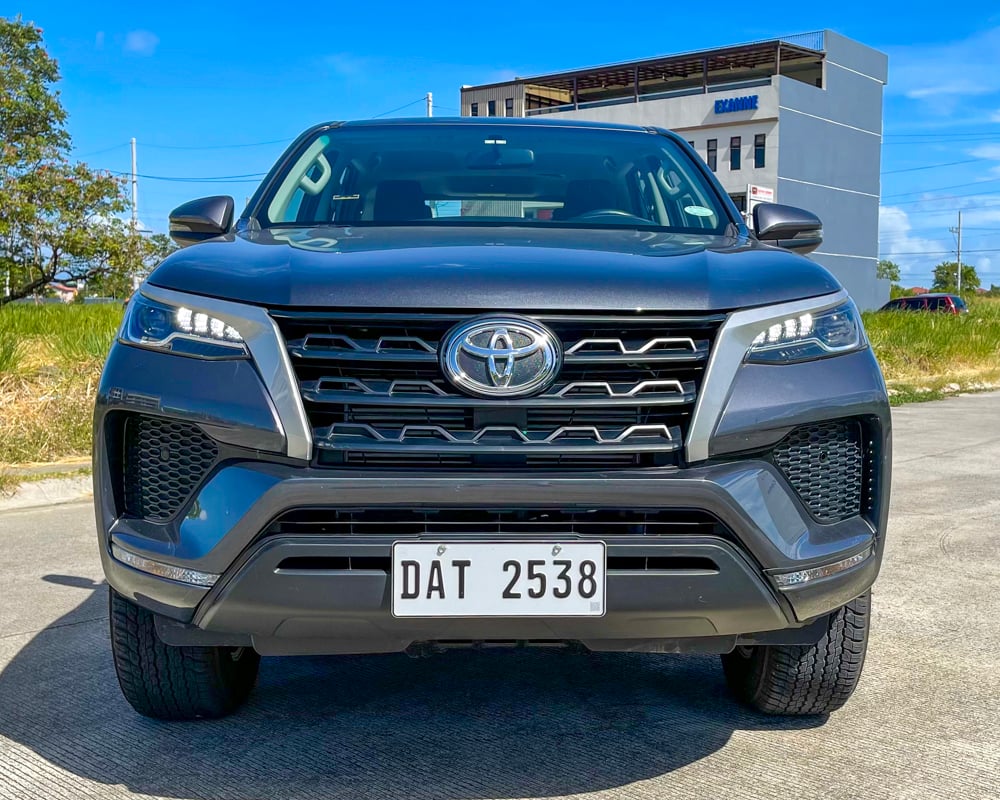
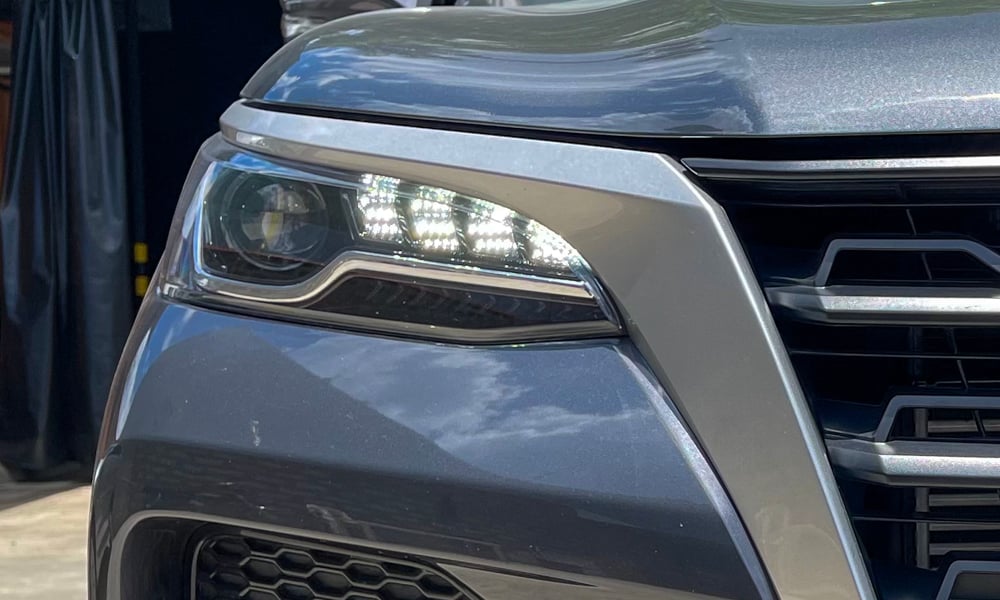
The interior is also largely untouched. While there are tons of hard plastics used around the cabin, build quality is solid and the controls are within easy reach. Though understandably wrapped in fabric (it’s a base variant, after all), the seats are still very comfortable. Sadly, though, the light-colored headliner can be challenging to maintain especially since the heads of tall occupants will end up brushing against it. Overall, the Fortuner is still a nice place to be in.
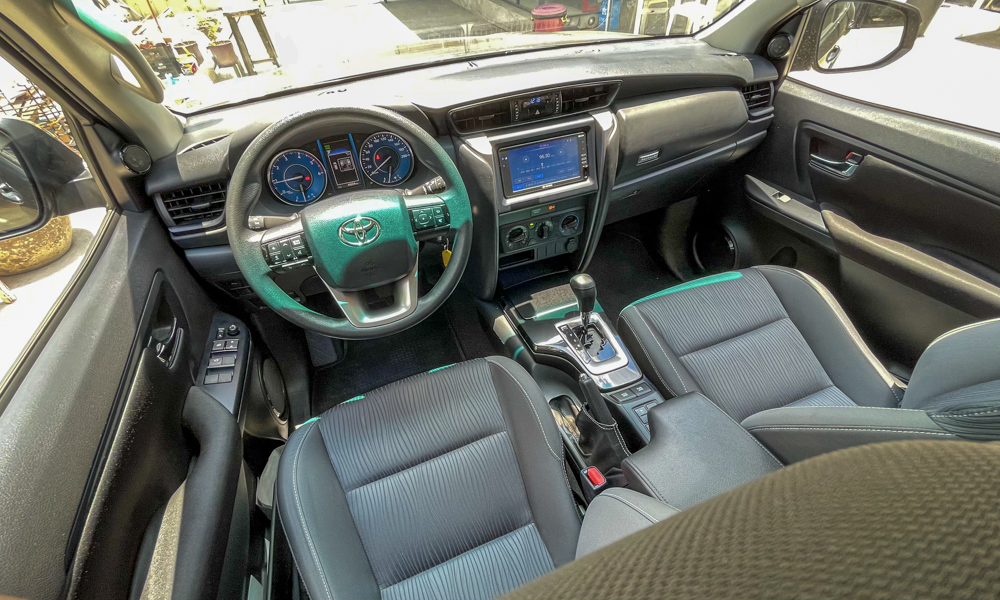
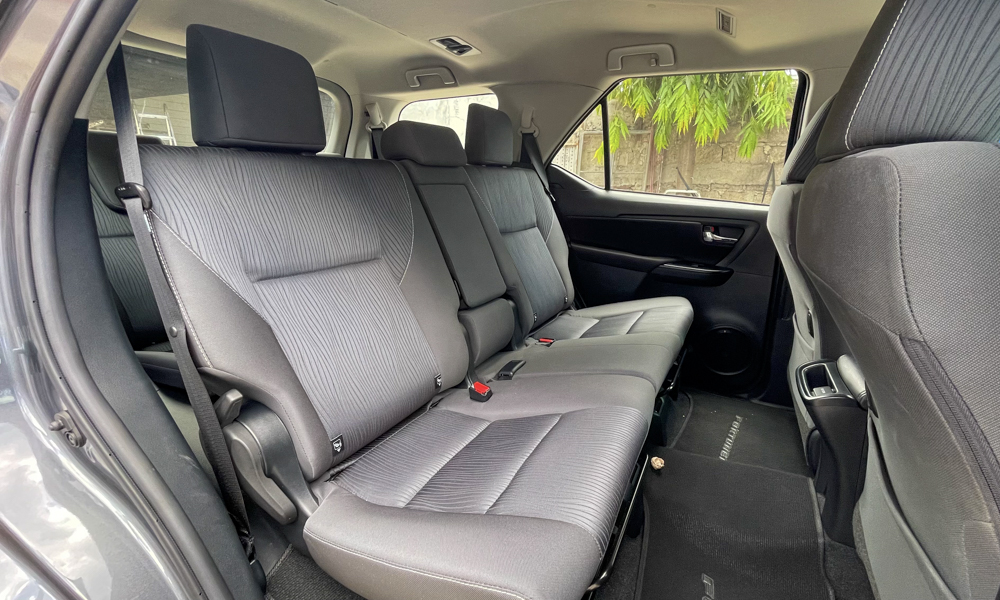
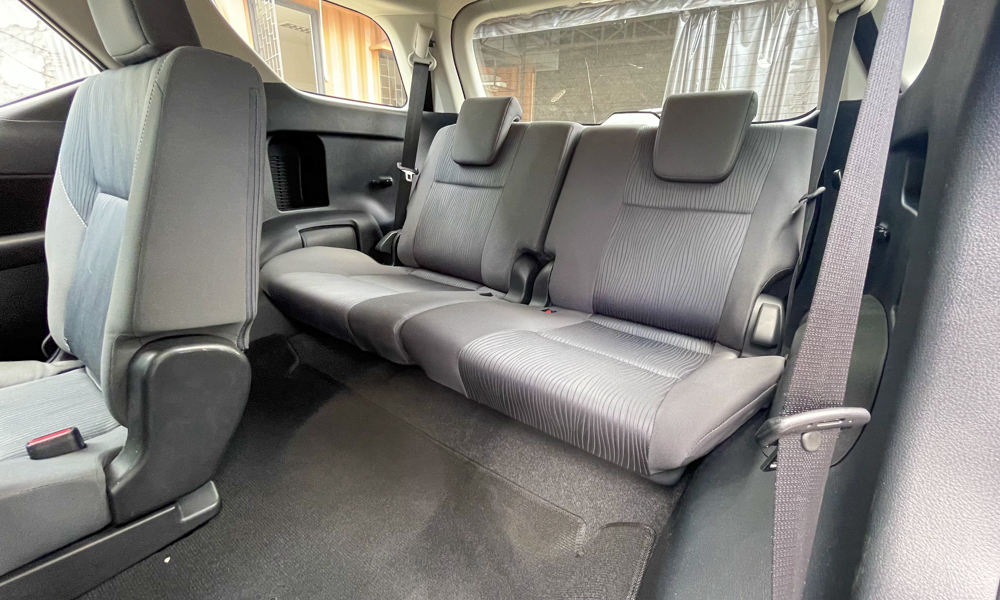
While the 201hp and the 500Nm of 1GD-equipped variants sound impressive, the G’s 148hp and 400Nm are more than enough for your daily needs. The 2.4-liter 2GD turbodiesel still has respectable oomph delivered in a smooth manner, thanks to the six-speed automatic transmission. In bad traffic, it’s easy to get 10km/L. Drive smartly and you’ll be rewarded with an extra kilometer per liter (or two). And when the road clears up and speeds go higher, 20km/L is certainly achievable. For those who prefer to row through the gears on their own, a six-speed manual transmission is also available.
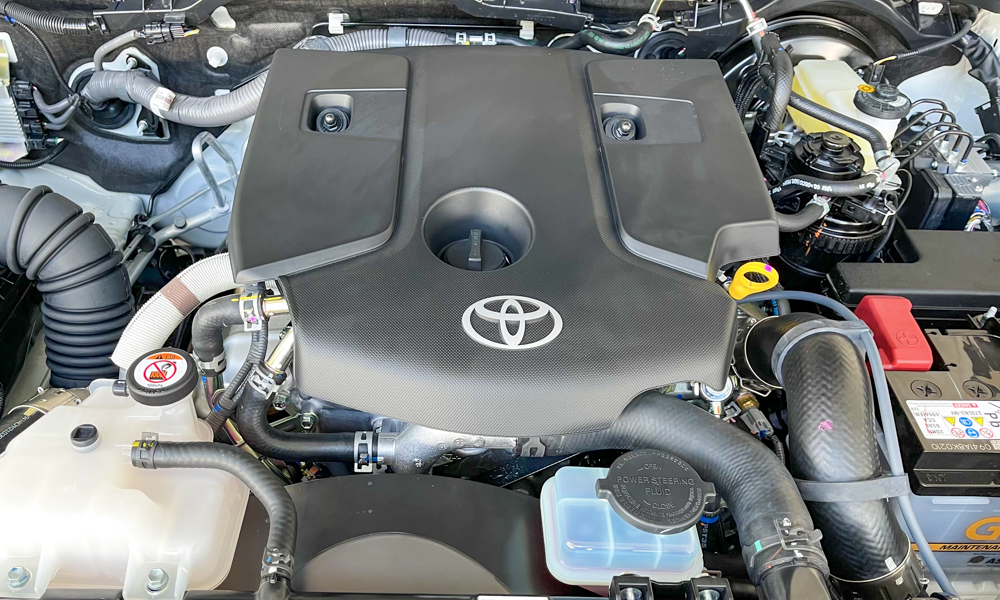
Ride quality is still a bit rough compared to the competition, but it is eons away from the harshness that the first-generation Fortuner was notoriously known for. One big leap in this new Fortuner is the NVH level. Wind noise is still intrusive when you hit triple-digit speeds, but you can barely hear the engine rattling until it roars past 2,500rpm. The level of refinement—even in the least expensive Fortuner—is definitely top-notch.
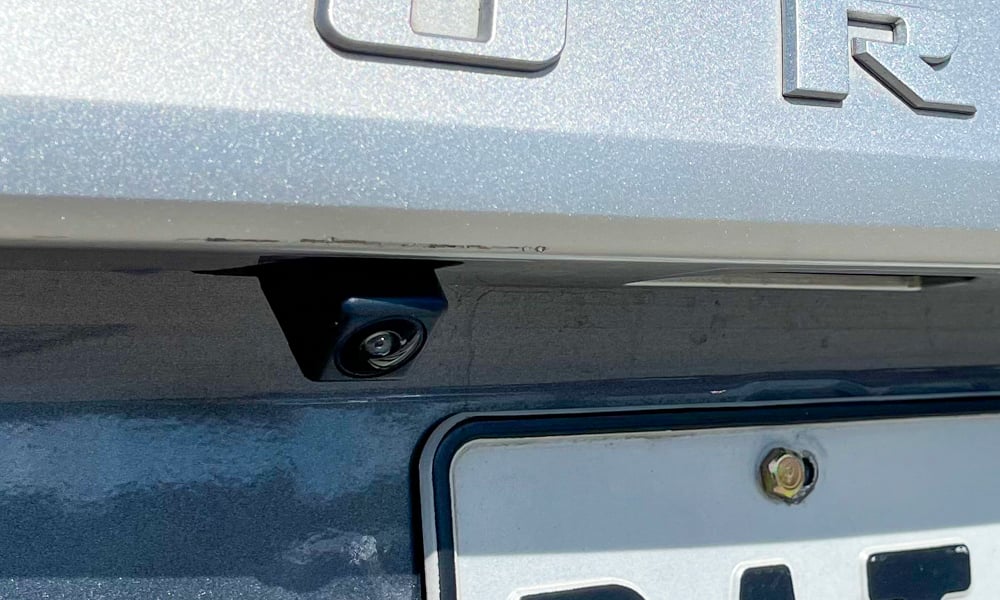
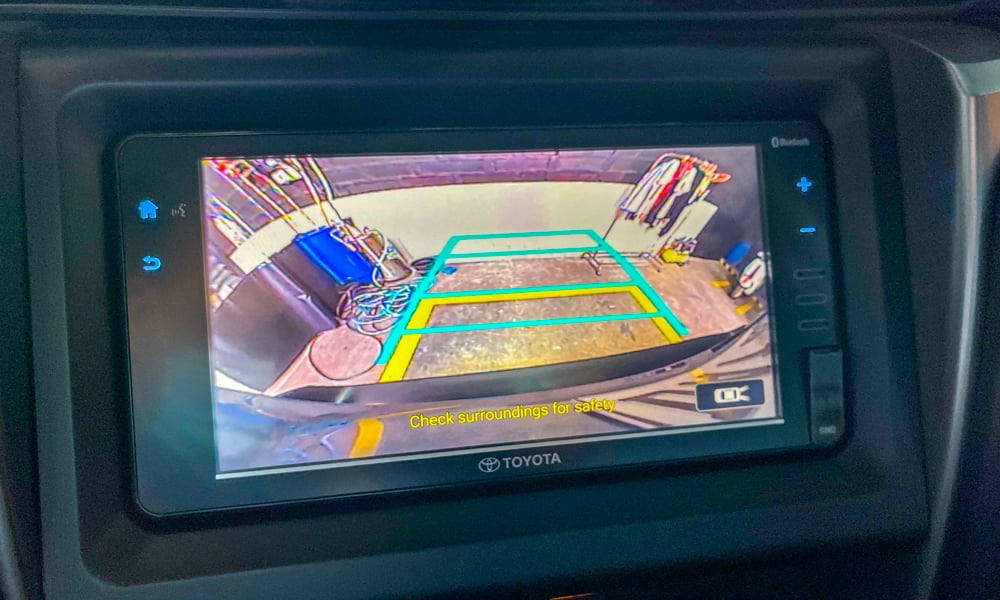
At P1,723,000, the Fortuner G is not exactly cheap. It doesn’t have the LTD’s JBL audio system and Toyota Safety Sense suite of driver aids. It’s not even equipped with automatic climate control. But it has everything you need. The six-speaker infotainment system has Android Auto and Apple CarPlay. It has automatic headlights, a reversing camera, and front and rear parking sensors. A knee-level airbag, traction control, and hill-start assist are standard features. Oh, and did I mention that the Fortuner enjoys Toyota’s legendary reputation for reliability?
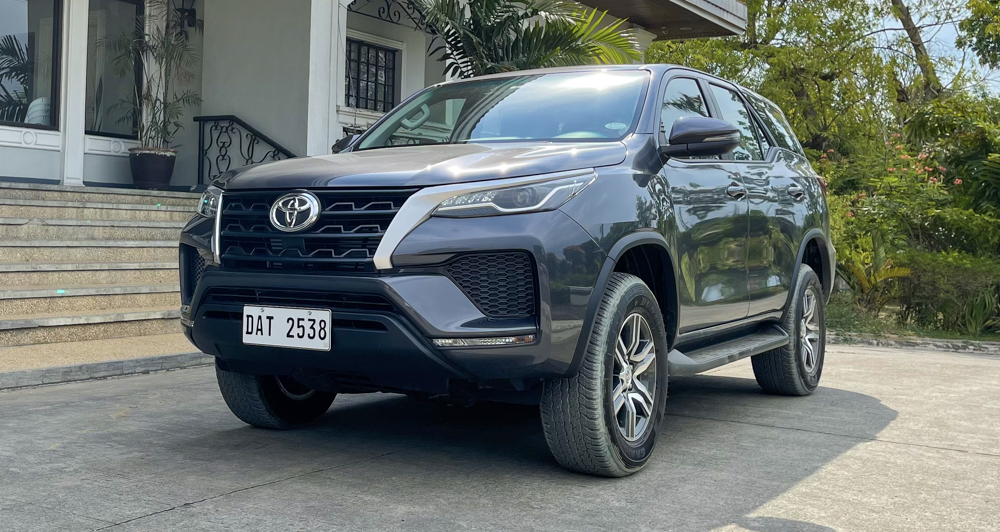
There are more affordable and generously equipped rivals in the market today. But for its value, what it can do, and some of its niceties, you’d be hard-pressed to find a better entry-level SUV than the Fortuner G. And because of that, I finally understand why this humble member of Toyota’s stable of off-roaders is selling like hotcakes.
TOYOTA FORTUNER G AT
| Engine | 2.4-liter four-cylinder turbo diesel |
| Transmission | 6-speed automatic |
| Power | 148hp @ 3,400rpm |
| Torque | 400Nm @ 1,600-2,000rpm |
| Dimensions | 4,795mm x 1,855mm x 1,835mm |
| Drive layout | RWD |
| Seating | 7 |
| Price | P1,723,000 |
| Upside | It has everything you need in a seven-seat SUV and then some. Plus, there’s the durability. |
| Downside | Ride is still a bit harsh, and the front fascia could use a little more work. |


0 Comments